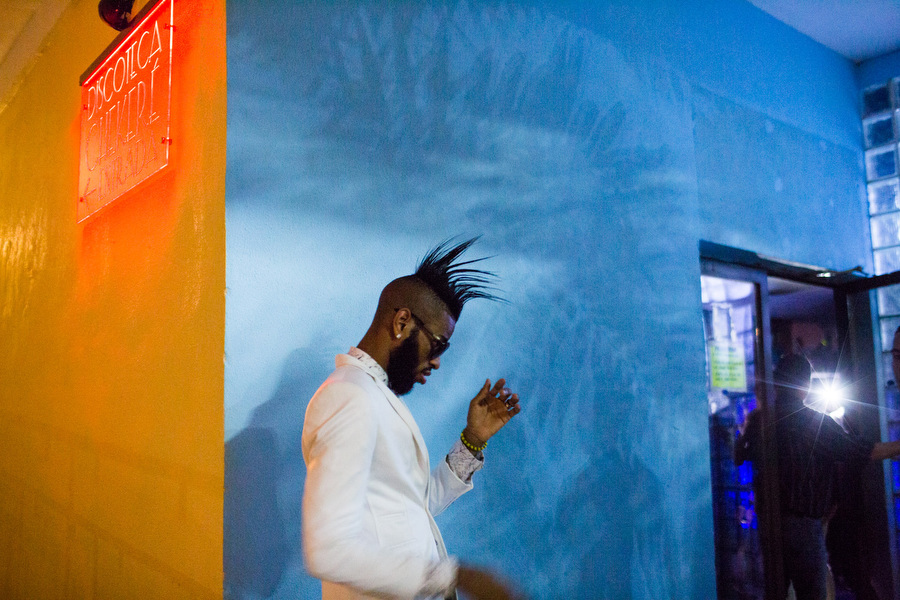
The language can be explicit, the lyrics could be considered immoral, and the genre was once banned entirely by Raul Castro’s administration. So how do performers from the now-ubiquitous Cuban Reggaeton scene find celebrity, let alone spread their music in a country where internet connectivity relies on expensive, government-approved WiFi hotspots that are unreliable and inundated at best?
The El Paquete (The Packet), a hard drive that is delivered weekly for a nominal fee, is a significant player in the dissemination of media not accessible to legions of Cubans hungry for information. It is on this semi-clandestine device that proprietors of a phenomenon that has infiltrated Cuban airwaves spread music that has everyone from children to teens to grandparents dancing along.
Photographer Lisette Poole had been living in Cuba for about a year when she noticed Reggeaton music permeating Cuban culture. She amassed tracks from hard drives and approached artists, once in an airport—who despite their star power are much more accessible than their American cultural counterparts. “In Cuba in general I found that people are pretty accessible, even if they are really famous,” Poole tells TIME. “Everywhere they go they get mobbed by young kids who want their autograph and want their picture taken.”
Despite the limitations on connectivity, artists can create songs and videos that circulate “all over Cuba within a couple of days,” says Poole. She says the creation and distribution of Reggaeton content is in ‘constant flow’ where artists keep up with a demand for new music.
Reggaeton, which is a style that incorporates elements of hip-hop, electronic music and rap with influences of Jamaican dancehall, is at its core, dance music. “Cubans really love dancing,” says Poole, an American born to a Cuban mother. “And so for them it’s more preferable to go out and listen to something that they can dance to.”
The photographer began visiting the country as a teenager and took up primary residence there in late 2014. She says she is motivated to look at the country objectively to “show Cuba the way that it really is, as I’ve seen it living there. I feel like showing Reggaeton is just part of that.”
Lisette Poole is a freelance visual journalist. Follow her on Instagram @lisettepoole. Watch her documentary on Reggaeton, Reggaeton Revolución: Cuba in the Digital Era
Chelsea Matiash is TIME’s Deputy Multimedia Editor. Follow her on Instagram and Twitter @cmatiash.

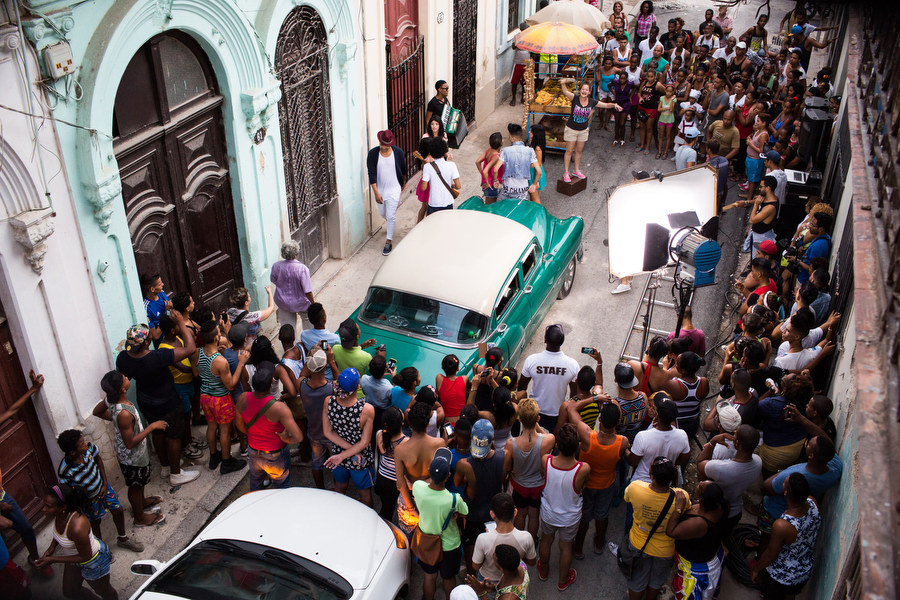

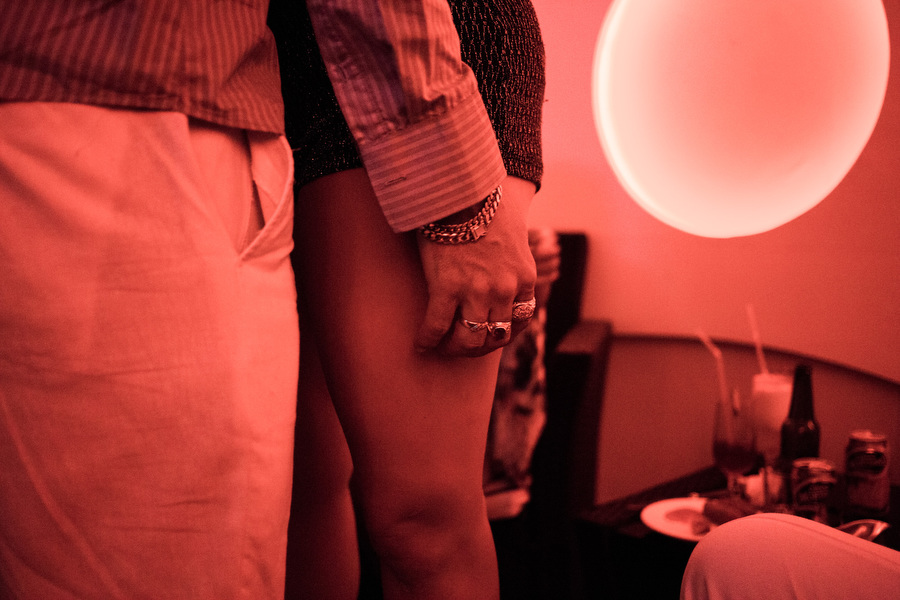
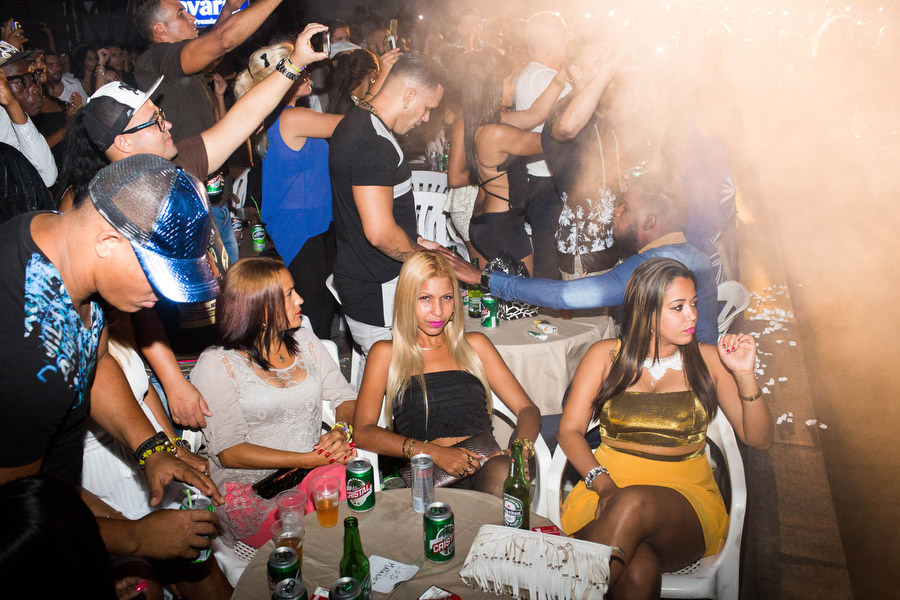
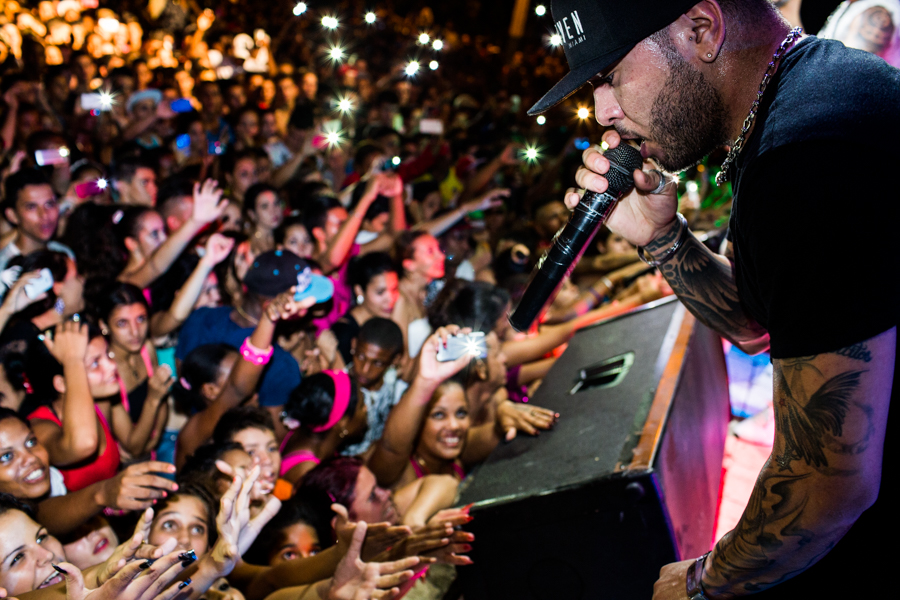
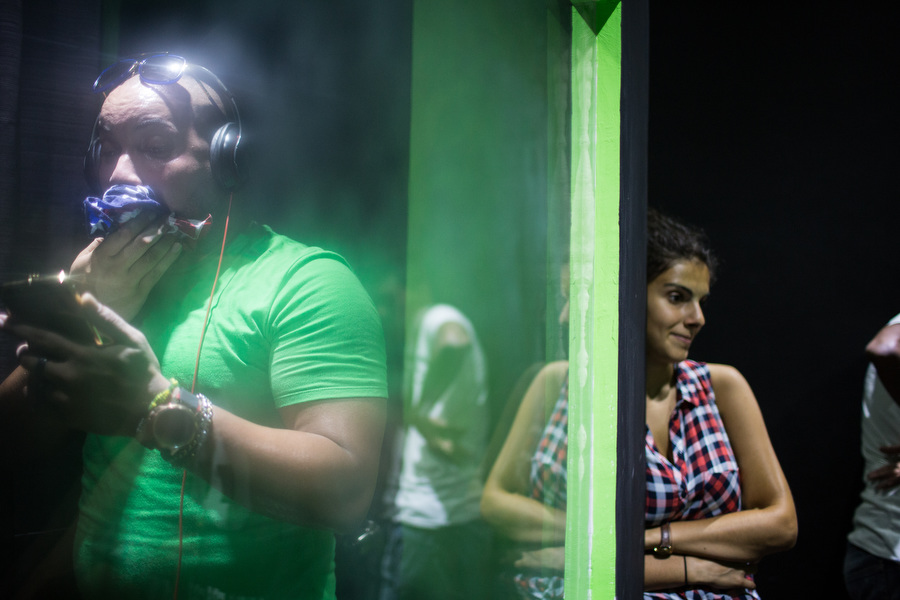

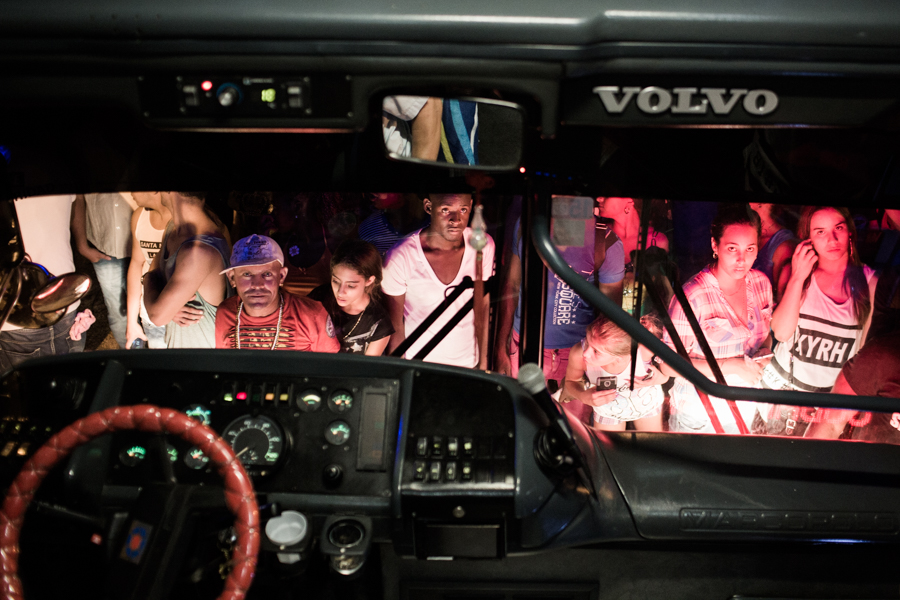
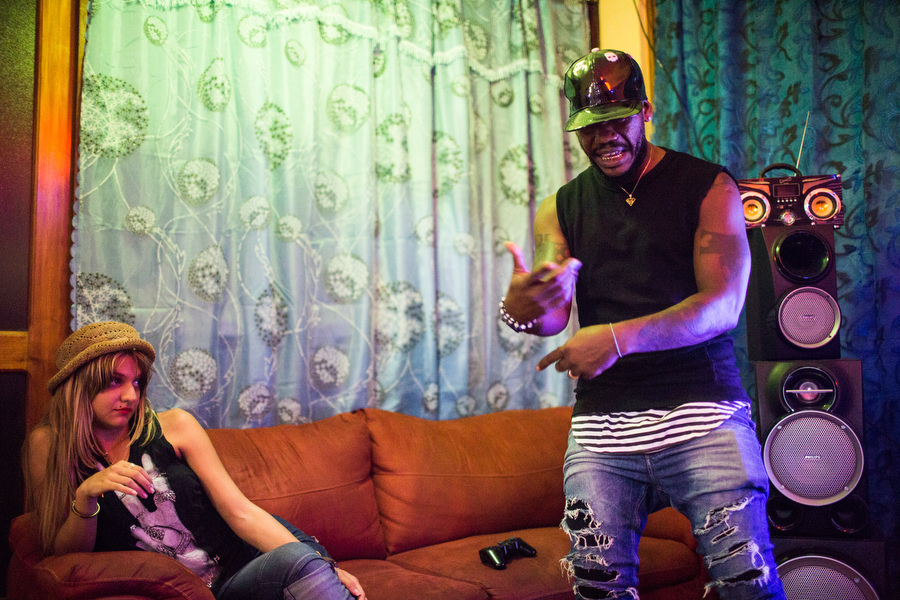

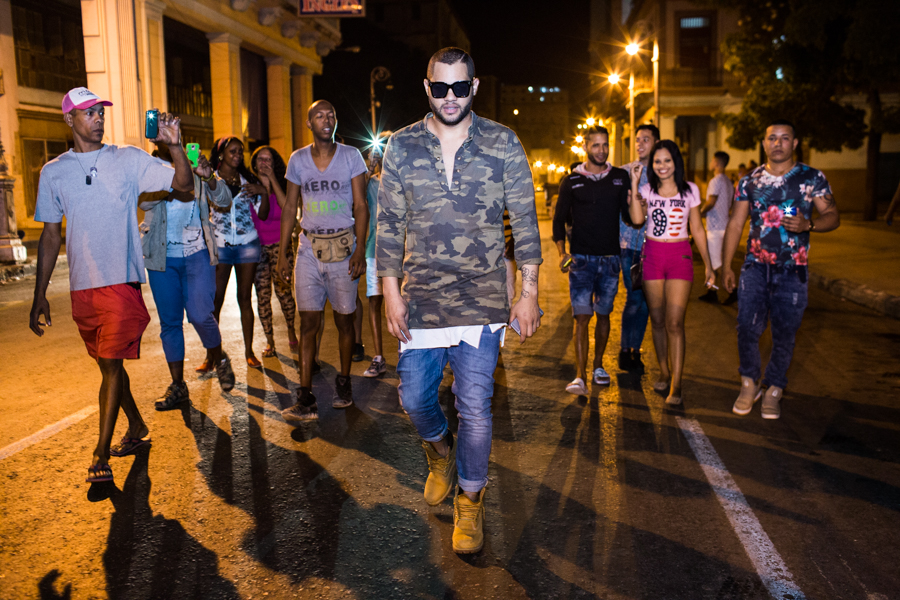
More Must-Reads From TIME
- The 100 Most Influential People of 2024
- The Revolution of Yulia Navalnaya
- 6 Compliments That Land Every Time
- Stop Looking for Your Forever Home
- If You're Dating Right Now , You're Brave: Column
- The AI That Could Heal a Divided Internet
- Fallout Is a Brilliant Model for the Future of Video Game Adaptations
- Want Weekly Recs on What to Watch, Read, and More? Sign Up for Worth Your Time
Contact us at letters@time.com